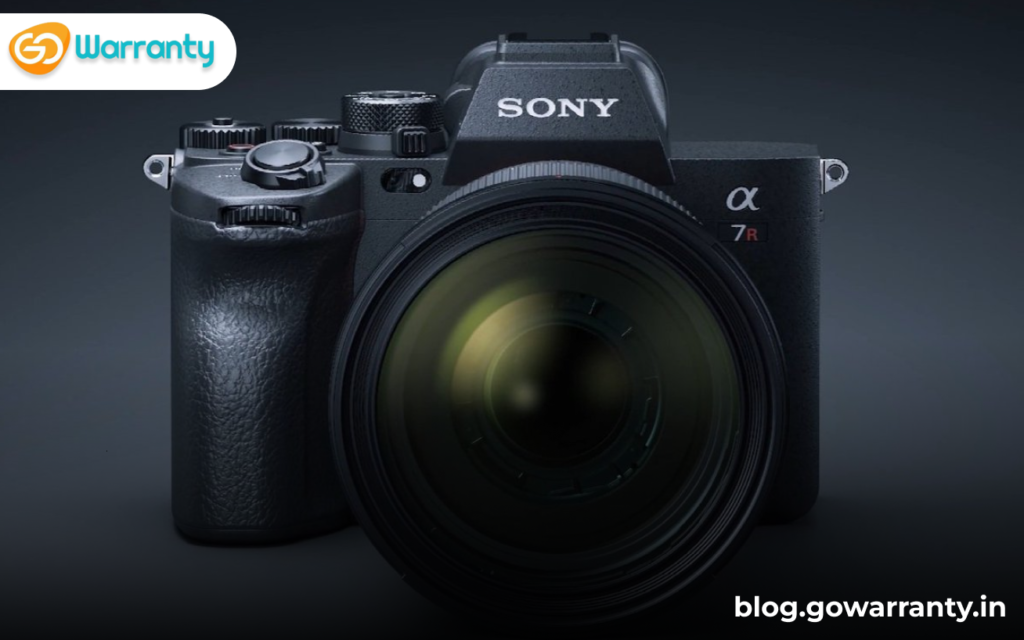The Sony A7R V is Sony’s Resolution’ specialist, but it’s 8K video capability, substantially enhanced burst capacity, and new AI autofocus are sure to cut a big hole in the sports/action and maybe video markets as well.
This will not make the Sony lineup any less perplexing. The Sony A1 remains the ultimate powerhouse of the Sony lineup, though the A7R V outperforms it in terms of resolution, and the Sony A9 II continues to be the sports specialist, despite being outpaced in terms of speed by the A1 and outperformed in terms of autofocus technologies by the A7R V.
The Sony A7S III remains the low-light video specialist, despite its 12MP sensor effectively ruling it out for stills photography, while the Sony A7 IV is less expensive than the Sony A7R V and may be better for hybrid stills/video work.The Sony A7R V is undoubtedly one of the greatest Sony cameras, as well as one of the best cameras for pros and even one of the best cameras for sport – though Sony appears to be focusing more at the wildlife/nature/wedding market.
Build and Handling
The A7R V, like the A7R IV before it, feels like a robust and strong camera with a good grip, and the new multi-pivot screen doesn’t feel like it’s made it any thicker. The two cameras look remarkably identical, except the original model’s EV adjustment dial has been replaced with an unlabeled multi-function dial.
The A7 bodies from Sony all have a low body height in common. This means you can only wrap three fingers around the grip, with your smallest dangling under the baseplate unless you lift your grip upwards and leave your index finger floating on or near the shutter release in a shooting position. Sony has yet to opt for a top-mounted status LCD, despite the fact that there appears to be room for one if the mode dial was moved to the left side. However, one of Sony’s cameras’ distinguishing features is that, while the internal technologies are updated with each new version, the exteriors remain largely unchanged.
The rear screen, on the other hand, works flawlessly. The vari-angle pivot is very useful, but you can still tilt the screen and have it stay on the optical axis of the lens. The EVF is excellent, with the highest resolution currently available.
The Sony A7R V, like other Sony cameras, depends heavily on custom buttons rather than physical controls tailored to the strengths of each camera. So the top plate still has an old-school mode dial (with a green ‘auto’ button? On a high-end professional camera? Underneath is a toggle for stills, movie, and S&Q modes, which is nice, but why not include a continuous mode as well? After all, it is one of the camera’s selling points.

Key Features
This camera offers the highest resolution full frame sensor available. The Sigma fp L and Leica M11 are comparable, however nothing offers higher megapixels in this format. Some may have hoped for even more from Sony’s resolution specialist, but 61MP is likely sufficient – especially when combined with Sony’s enhanced 240MP Pixel Shift Multi Shooting option.
The greater story is Sony’s new AI-powered AF system, which is powered by its own proprietary AI processing engine. This broadens the camera’s recognition and tracking capabilities to include insects, vehicles, trains, and aeroplanes. The A7R V now recognises animal/bird heads and bodies, rather than just eyes, and, probably most importantly, it can recognise human subjects based on their shapes, limbs, and positions, rather than simply faces and eyes.
This sounds more like the domain of dedicated sports cameras, yet the benefit of improved subject and person recognition for wedding/event or wildlife photographers – two key areas for this camera – is simple to understand. The A7R V’s greatly enhanced burst depth means it can collect up to 8x more raw files in a burst than its predecessor, which, along with AI AF, is sure to pique the curiosity of sports shooters.
Performance
Our sample images have the resolution and quality we’d expect from having previously used the A7R IV. We didn’t have the camera long enough to put its video features and improved image stabilisation to the test. We’re also excited to put the continuous shooting buffer capacity to the test once we get a review sample.
We did, however, test the AI autofocus on a variety of subjects. Human AI is very good at detecting human shapes in the frame, including people in the middle distance with their backs to you. Animal detection was also impressive, though we got much better tracking with a black and white dog than just a golden retriever – perhaps more testing is required.
Even with its regular tracking AF and not the bird detection mode, the A7R V excelled at tracking wheeling gulls against a blue sky. However, it appeared to struggle with a crow pecking at the ground – in fact, the AF stopped working a few times after giving up, then returned when. The camera was turned off and then turned back on.
Verdict
The A7R V is technically impressive but physically underwhelming. The camera body feels too small – or not tall enough in the body – for the large professional lenses you’ll be using with it, and the controls are generic rather than tailored to this camera’s strengths. You can customise the buttons indefinitely to suit your workflow, but it takes time and a good memory to remember which buttons you’ve customised to do what.
The A7R V is a technical marvel. The new AI subject recognition AF is remarkable for its quick identification and acquisition, as well as its extremely sticky ‘tracking.’ The image quality is on par with (if not better than) that of the Sony A7R IV, and the larger buffer makes the A7R V much more effective for long burst shooting.

